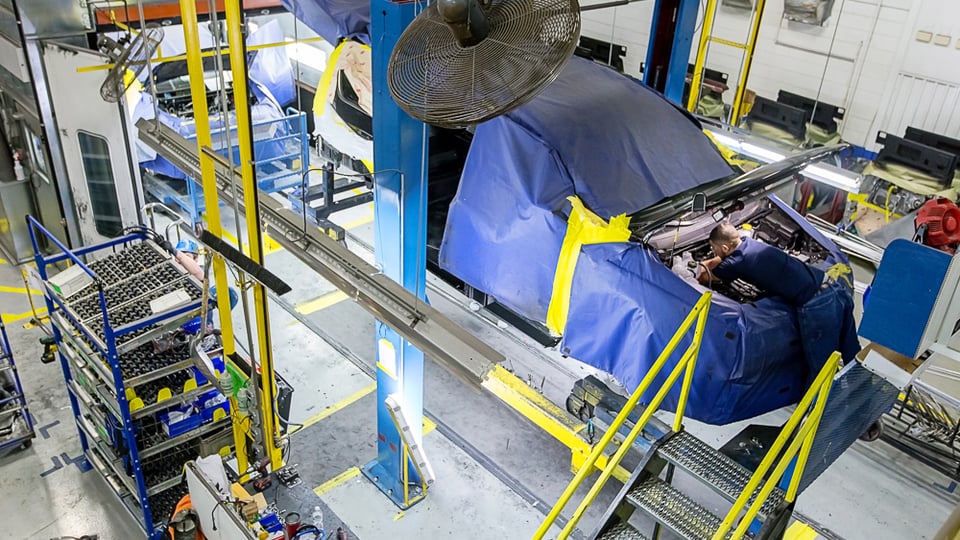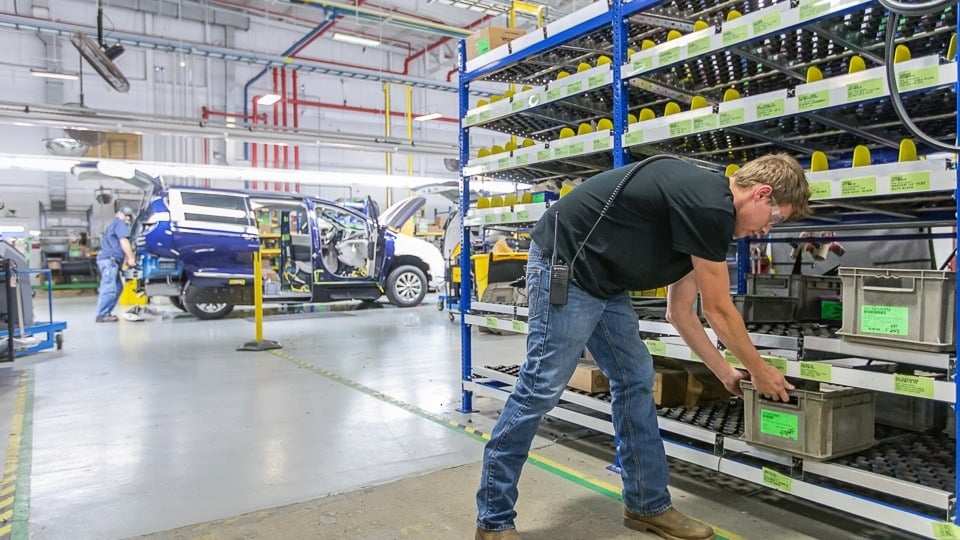Transportation: When work-in-progress becomes a moving target

Any multi-step production process has its logistical challenges, from transporting and receiving components from suppliers to transferring in-production items from one operational area to another. The longer and more circuitous the transit routes, the more likely they are to generate unnecessary and costly waste.
Why? The space between destinations is dangerous ground.
There is, of course, the expense of time, labor and equipment needed to make the physical moves. In addition, each step in the transportation cycle follows its own discrete set of handling processes, which can increase the risk of delay, damage, or theft. Manufacturers with long, complex material handling operations that connect multiple storage locations, remote suppliers, and distant factories must build in expensive, time-consuming safeguards to mitigate the many challenges they face.
Even within your own facility, moving people, tools, inventory, equipment, and products from one functional area to another can be wasteful and hazardous. Poor workflow design and disorderly factory layout create needless gaps between operations. Bridging those gaps often means workers must lift and carry product or use mechanical transport, both of which can increase the danger of product damage or personal injury. When processes are not located as close to each other as possible or are not arranged in a logical operational sequence, people and products are forced to travel to complete their work, increasing traffic on the factory floor, especially when workers must cover the same ground over and over. In the long run, this excess movement drives down productivity and profitability.
Obviously, not all transportation is unnecessary, but reworking internal and external processes in ways that shorten transportation times and distances is a step in the right direction. Reducing transportation waste goes a long way toward cutting your losses.
When your production process has too many moving parts, you get saddled with costly delays and potential damage. Innovative products from UNEX help keep your assembly line moving without interruption, errors, or injuries. To discover the right solution to your transportation problems, make a beeline to your expert UNEX Pickologist.
Check out week five: Overprocessing: When too much of a good thing is bad



